

Find out why mark making is so important and discover our top tips for supporting this in the early years.
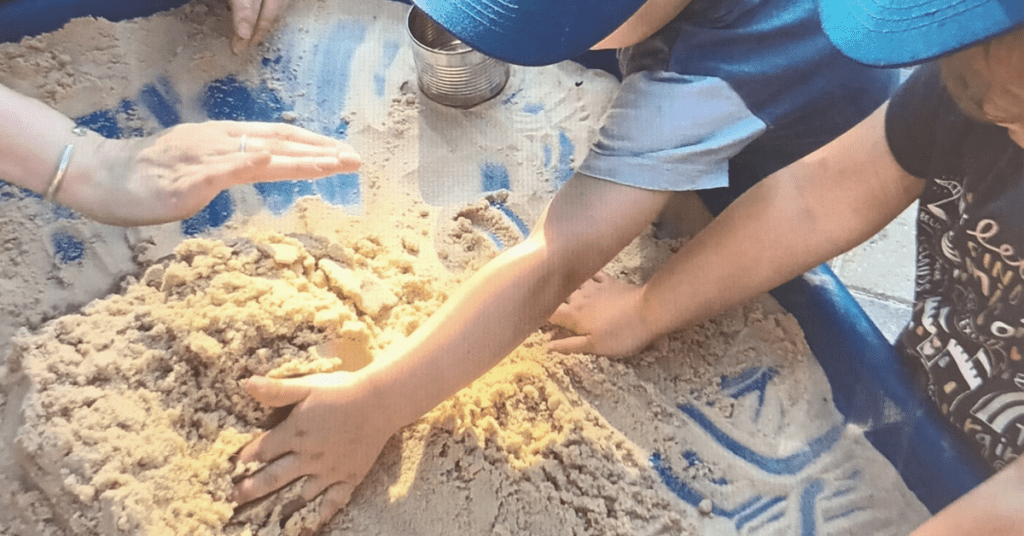

Making scribbles with pens, creating hand prints with paint and drawing patterns in the sand, aka mark making, are all signs you’ll see on the lead up to writing in the early years. But, how can you encourage mark making and what are the benefits? We explore more in this blog post, along with some excellent tips from our Education Advisor, Ruth!
If you work in early years you’ve probably heard the term thrown around quite a bit, but what actually is mark making? And how does it support children’s development?
Well, mark making refers to all those scribbles and patterns children tend to create. Have you ever seen children create patterns using their fingers in the sand pit, scribble on a piece of paper using a crayon, dip their finger in spilt food or draw wiggly lines in the mud using a stick? This is the beginning of them making marks and is something that children will do almost instinctively without being told.
When babies and toddlers begin intentionally making marks using their bodies or different tools, this is their first step towards writing and drawing. No matter how children mark make, this is a very important step in both physical development and cognitive development and should be encouraged whenever you spot it!
In an early years setting, children have lots of opportunities to make marks which is a great introduction to them learning how to form and write letters themselves.
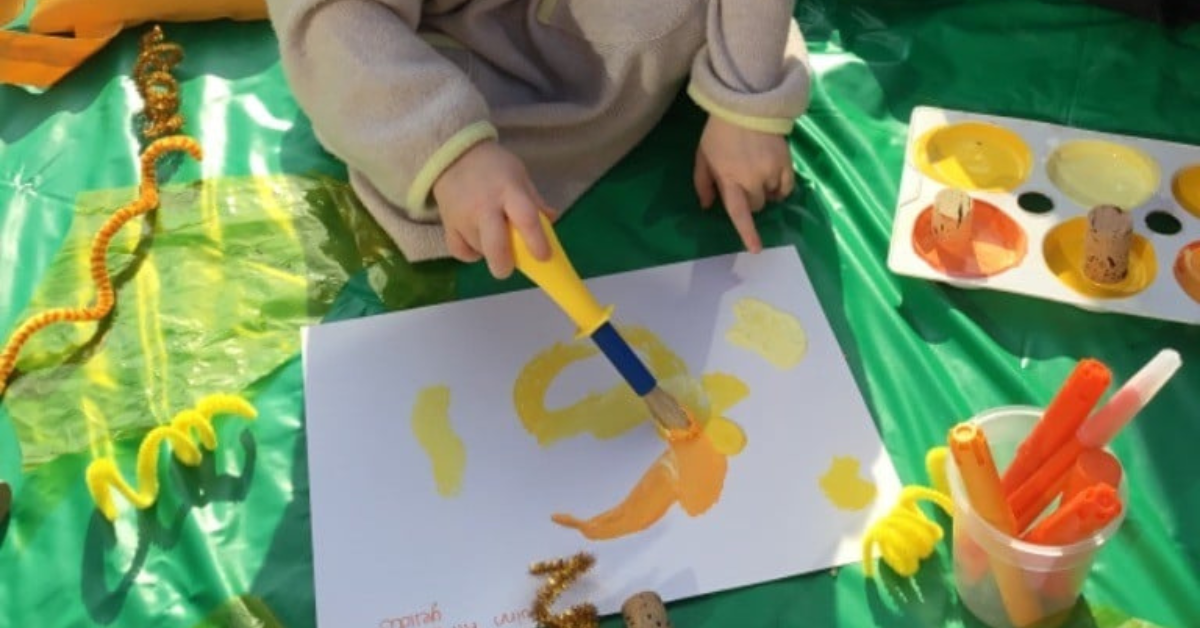

When children create marks through art or by drawing patterns, this is great as they are using the physical development tools needed when they come to write. However, this doesn't mean that you can't encourage this in other ways. In fact, mark making outside on a bigger scale is really important as it encourages 'whole arm' movements which begins a foundation of muscle movements where children learn how to hold a pencil correctly.
Physical development-
As children experiment with making marks, they are learning to use their bodies in different ways. This can promote fine and gross motor skills, different grips, and control over their bodies which will all be used when they come to write.
Expressive arts & design-
Mark making and drawing lines or patterns that represent something else is a good way for children to express themselves creatively. It can also offer them a new way to express their feelings in a more permanent way, rather than through sounds and movement. This is a great way to spark their imagination and share their thoughts through pictures and stories.
Mathematics–
Mark making can lay a foundation for understanding numbers and shapes, which leads to the development of mathematic skills.
Although some children may already know how to write their numbers or form simple words this can be encouraged, but it’s important to never rush a child through this stage as children progress at different rates.
Although mark making is something that children naturally take to, our Education Advisor Ruth shares some great tips for encouraging this, whether you’re a parent at home or a practitioner within an early years setting:
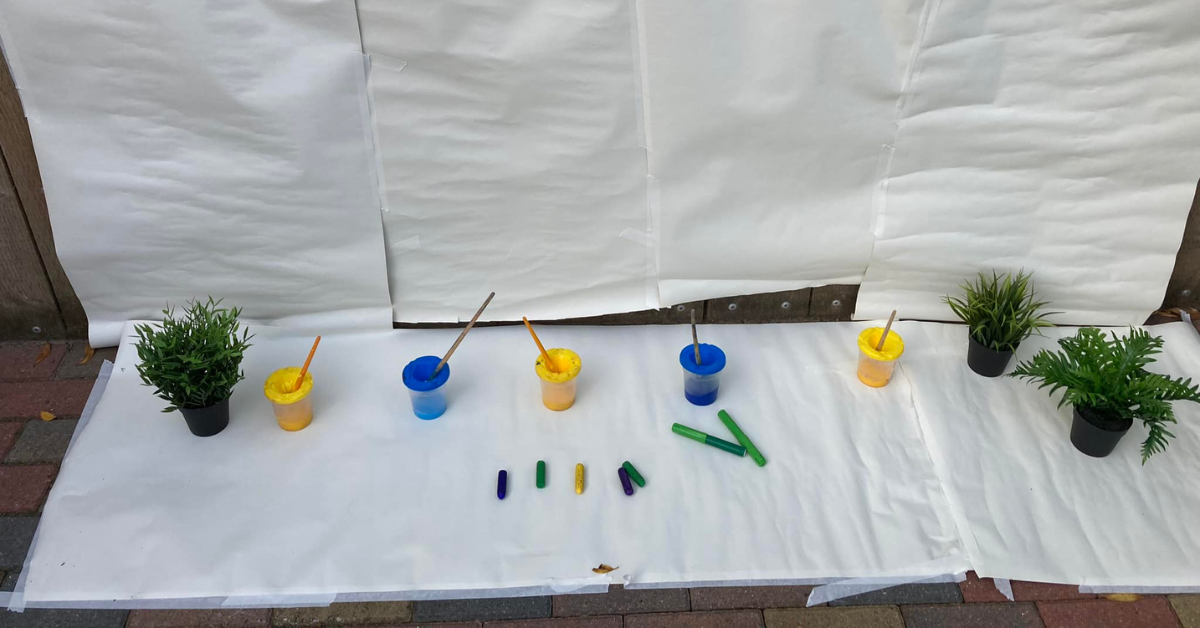

Ruth says, "‘The younger the child, the bigger the paper’ is the golden rule of mark making." Therefore, don't restrict babies to an A4 sheet of paper and get started on a larger scale, as this encourages 'whole arm' movements which are much easier for smaller hands.
Try using a large sheet of paper and dip mops, brooms and large rollers into paint to create big marks. Children also love simply using water and a paintbrush to ‘paint’ a wall or fence outside.


You can encourage mark making using so many different tools, so if a child doesn’t seem interested in one thing, the good news is, you can keep experimenting. You can try using chalk on black paper or on the pavement, making marks in the mud with sticks, scribbling on labels, writing on envelopes to create a letter or even using post-it notes to ‘label’ toys.
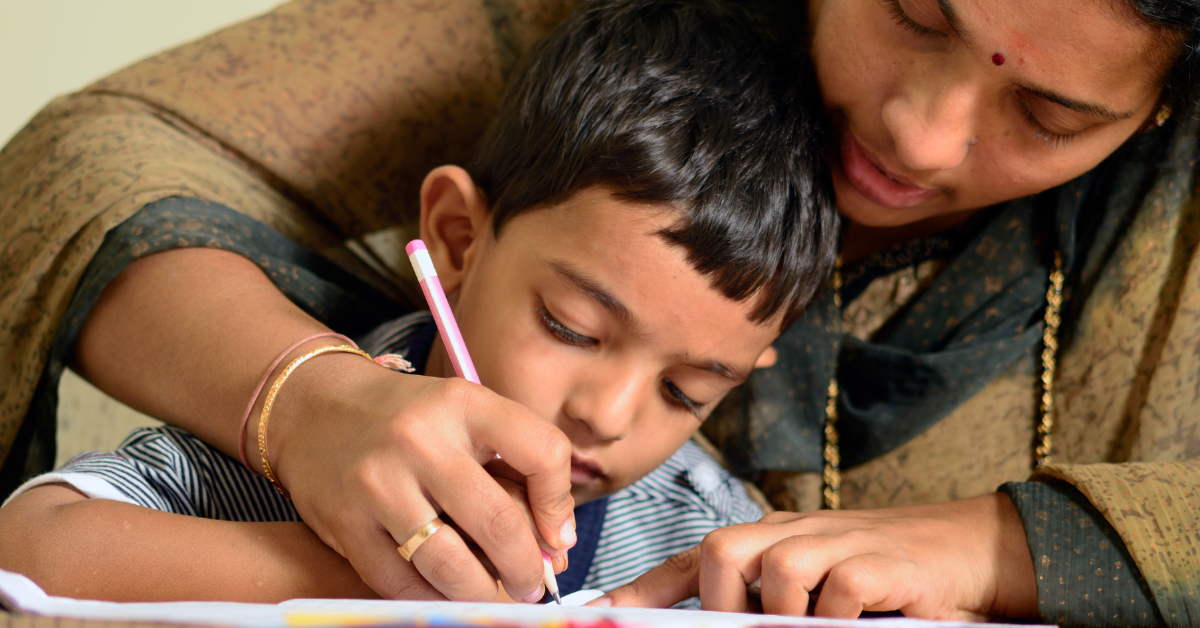

It's so important for children to see adults writing for a purpose, so the next time you have to jot something down, it's very valuable to describe what you're doing, for example, "I'm writing a shopping list" or "I'm writing a reminder note on the calendar."
When children see adults making marks for a reason, they begin to learn the importance of it, “so next time you go to write something on your phone, try using a pen and paper instead,” says Ruth.
When children have access to different types of writing materials like pens, biros, felt tip pens, chalk and crayons as well as notepads, different types of paper, post-it notes, diaries and old calendars, they’ll naturally gravitate towards wanting to mark make.
Mark making can fit seamlessly into all your favourite activities, for example, after reading a book, ask the child to draw pictures of the characters, label the picture and ‘scribe’ for your child, they can then squiggle a mark alongside it. “This is a great activity for children aged 3 and upwards, as they begin to recognise some letters and can hear phonemes (letter sounds) and will be keen to represent these,” says Ruth.
The journey into writing is a really important stage in a child’s early years, and lots of fine motor skills can be perfected as they lead up to mark making. Don’t get too hung up on forcing a child to hold a pencil or brush correctly as lots of motor skills come before pencil grips, so threading beads, using play dough, playing with blocks and doing puzzles are vital and help build those hand muscles.
“No matter how you go about mark making with your child. just remember to make it fun and that it will come naturally!” says Ruth.
If you’re interested in inspiring little minds, we want to hear from you! Explore our open roles today.


Content Writer


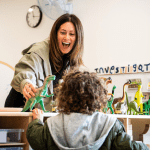



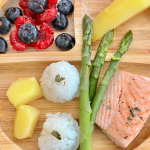



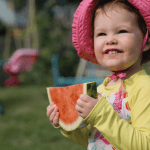

View All
This website uses cookies so that we can provide you with the best user experience possible. Cookie information is stored in your browser and performs functions such as recognising you when you return to our website and helping our team to understand which sections of the website you find most interesting and useful.
You can read out full privacy policy here
Strictly Necessary Cookie should be enabled at all times so that we can save your preferences for cookie settings.
If you disable this cookie, we will not be able to save your preferences. This means that every time you visit this website you will need to enable or disable cookies again.